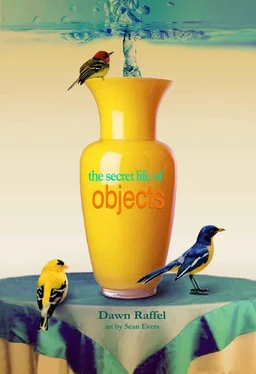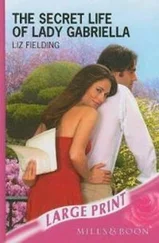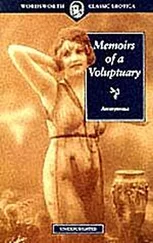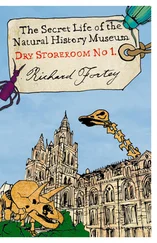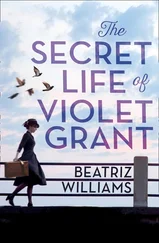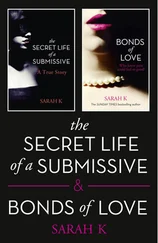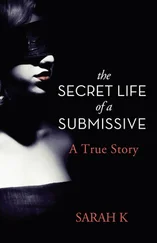With my tiny aunt, I threw out drawers and shelves’ worth of medicines — six or seven bottles of Tylenol, each with only a few pills gone, three or four bottles of Pepto Bismol, years-old prescriptions and current prescriptions — for high cholesterol, migraines, high blood pressure, thyroid, Leiden 5 clotting factor, pain, the inability to sleep. Those were just my mother’s. My stepfather had pills too, and he had morphine; wrappers from something lay on the floor. My aunt held a black Hefty trash bag while I threw in medicinal casings, rubber gloves, ruined towels. Lotion. Mints. Toothpaste. Desiccated tissue. Lists, receipts. Pencil stubs, hair. In the drawers: bras, panties, hosiery, socks and peds, some never worn. (My stepfather’s clothes we left for his kids.)
By the time we entered the kitchen with its food that was old now, its condiments and spices, its plastic ware and Tupperware and pots and pans and plastic bags and tin foil and napkins, I wanted the haulers to haul it away, as they would, in its entirety, the metal shelving unit in the garage with its used tools, turpentine, half-cans of paint, stained spades, nails, screws, the broken parts of things.
Instead, my aunt and I stood in front of the oven. We filled another Hefty bag, three. Then she retrieved the blue mug from a high shelf.
“Take it,” she said.
“I don’t need it,” I said.
“Take it,” she said.
“You’ll enjoy it,” she said. “You will.”
I should mention that my aunt is not someone with whom one argues. Technically an ex-sister-inlaw, she was one of my mother’s closest friends. She had raised five kids, taught reading to children with learning disabilities, presided over the Milwaukee figure skating club. She sewed her own curtains. After my parents divorced, she had made it clear that my mother was to remain in my father’s family’s inner circle. What she said went.
I stuffed the mug in my carry-on, wrapped in some fabric I cannot recall. I went to UPS and sent myself boxes of things from that house, trucked cross-country in packing noodles and bubble wrap and shredded news and tape. I have a suitcase full of photographs and documents that I still have not opened, three years later.
The lines around my mother’s lips have formed around my own. The blue mug — I use that every morning, drink my coffee before I wake my children up and set about to work.
My mother was visual; I am not. It took me years to notice that next to that triumphant, fractured blue bird, Picasso had painted a smaller bird, close enough to feel the larger’s heat.
My future husband bought the ring in India in 1981 with the idea that he would give it to the woman he married. Besides, he said, when he presented me with the ring in 1984, it was only $15. The ring is silver with a large moonstone flanked by blue. It was not my engagement ring — that was a quarter-carat perfect diamond. Anyway, the moonstone was too large. My fingers at the time were a child-sized four.
I took the moonstone ring to be sized. During the three days it was at the jeweler’s, the 400-square foot apartment my future husband and I had just bought together in Chelsea was burglarized, and my jewelry, including the few pieces I owned that had belonged to my grandmother, was stolen. All I had left was my engagement ring, which was on my hand, and the moonstone ring in the shop.
In a few months, I also had a wedding band, and over the years my husband bought me jewelry, in part to make up for what I had lost. I rarely wore the moonstone — even properly sized, it seemed too big, too serious. Years went by; we moved from one apartment to another and out of Manhattan and had children. The diamond fell out of my engagement ring, never to be found, though the kids had a field day looking for it, pulling the cushions off furniture, sorting through the vacuum cleaner bag. I took off that ring with its empty prongs and thought about wearing the moonstone ring in its stead, but by now my knuckles had thickened and the ring was too small. So I returned it to the jeweler to be made bigger, only to be told it could not be sized again without destroying it.
The ring sat in my top drawer for more than a decade. During this time, a man in our small town opened a jewelry booth inside the liquor and soda store across from the takeout pizza joint, and I would occasionally browse while I waited for the kids’ slices to heat. One day I was looking at a pair of earrings for my cousin when someone dropped off a ring to be sized. “Do you do that?” I said. “Sometimes,” he said. I brought in the moonstone-and-blue-gem ring and he looked at it and said he thought he could enlarge it, despite what the more established jeweler had told me. Sure enough, he did.
So now, 29 years after my husband brought the ring from India, I wear it next to my wedding band. Those sapphires, the jeweler says, with some surprise, are real. The band slides over my knuckle, and the ring fits fine.
The watch is a Bulova owned by my maternal grandfather, Bert Bern, né Bernat Beinenstok, a Hungarian immigrant who made his living selling Florsheim shoes and who, in his 92 years, had little taste for luxury. Frugal, he owned the same white car for all of my childhood, parked in the tiny lot behind the tiny Chicago apartment where he and my grandmother Elsie lived. I should be able to tell you the car’s make but I can’t, though I can tell you that before he quit smoking cigars and switched to endless packs of Wrigley’s spearmint gum, you could suffocate in the back seat. And I can tell you that he loved little more than a heaving all-you-can-eat buffet because he’d gone hungry in childhood. (Go to a smorgasbord with him and he’d hector you relentlessly to have another dessert or three—“It’s all the same price!”) That he was sometimes mistaken for Mayor Richard Daley, Sr., to whom he bore a passing resemblance, pleased him.
When, after 49 years of marriage, my grandmother Elsie died, he tracked down his childhood sweetheart, also named Elsie and by then widowed, and lived with her in California for the rest of his long life. It was as if his way of marking time was to rewind. He and Elsie #2—or #1, depending how you view it — bickered endlessly (“I’m not going to dial the phone for you when you go blind!” “Who’s talking?!”), which was, I would like to think, a form of exercise. I watched him, at age 90, get into a screaming fight with his 92-year-old sister, who we were visiting in her assisted living facility, over who really brought their parents here from Kisvárda; they vowed never to speak again. (“Not another word to you!”) After my grandfather marched us out, we stood on the curb in the 90-degree heat until our ride, Elsie’s son, came to pick us up half an hour later. We had barely made it back to my grandfather and Elsie’s tiny apartment before the phone rang; it was his sister. (“I watched you on the curb the whole time!”) In the weeks before he died, my grandfather switched from heavily accented English (“Vot?”) to his childhood Hungarian.
I couldn’t tell you who gave him the Bulova watch but I will bet my own last hour that it was a gift. His heart failed finally — congestive disease. His only son had died two months before, and so the watch passed in pristine condition to his only grandson, Donald. Three years later, Donald went out for a run and died at 38.
The watch passed, via my mother, to my husband, then ceased to tell time. Two repairs failed. For years my husband didn’t wear any watch because, he said, he had one: It just didn’t work. This year I bought him a Timex Expedition watch that tells not only the time and date but also the direction in which you are headed and when the local tides are coming in. For a few hundred dollars we could probably fix the Bulova watch for good. But I think my husband wants to outlive it.
Читать дальше
